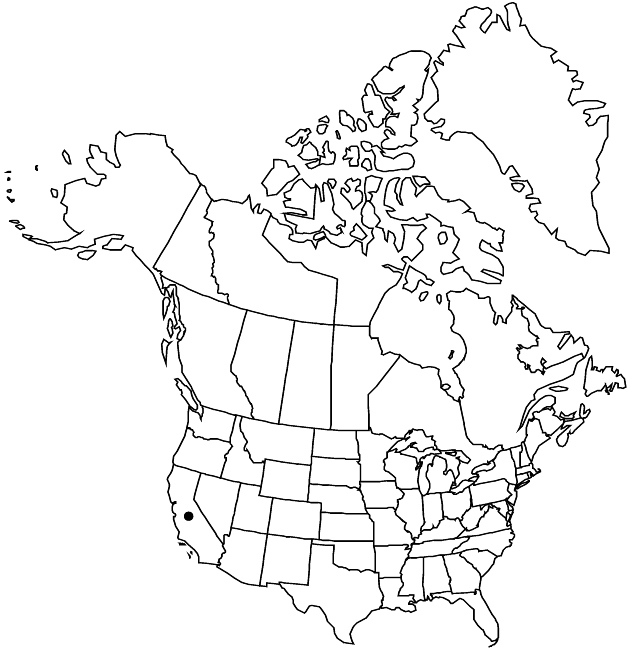Lasthenia burkei
Man. Bot. San Francisco, 204. 1894.
Annuals, to 30 cm. Stems erect, branched distally, hairy. Leaves linear, 10–50 × 1–2+ mm (simple blades or single lobes), margins entire or pinnately lobed, faces glabrous or ± hairy. Involucres hemispheric or obconic, 4–6 mm. Phyllaries 7–16 (distinct), ovate, hairy. Receptacles conic or dome-shaped, muriculate, glabrous or hairy. Ray florets 8–13; laminae oblong to oval, to 6 mm. Anther appendages linear to ± ovate. Cypselae black or gray, clavate, to 1.5 mm, hairy; pappi usually of 1(–2) aristate scales plus 3–6+ shorter, ± subulate scales. 2n = 12.
Phenology: Flowering Apr–Jun.
Habitat: Vernal pools and wet meadows
Elevation: 0–500 m
Discussion
Of conservation concern.
Lasthenia burkei is known only from relatively few populations in the coast ranges north of San Francisco Bay. It is allopatric from other members of Lasthenia sect. Ornduffia. It is in the Center for Plant Conservation’s National Collection of Endangered Plants.
